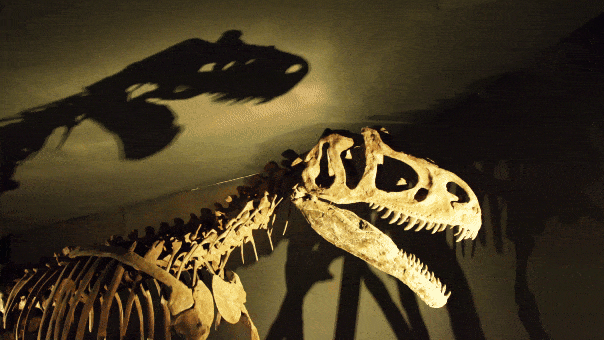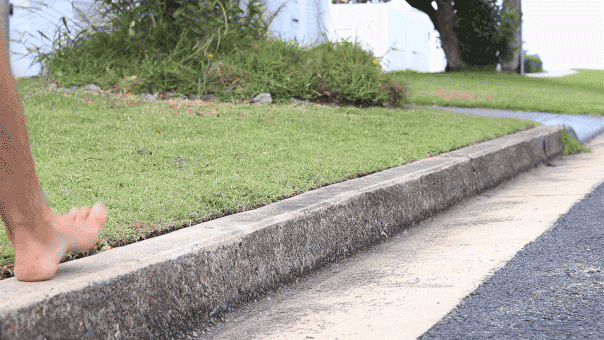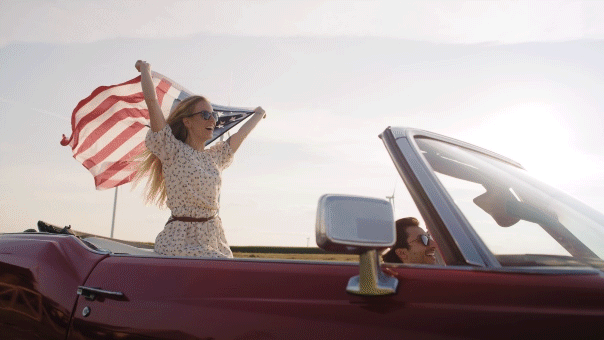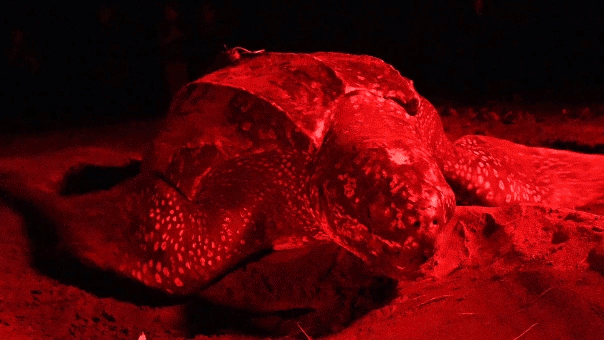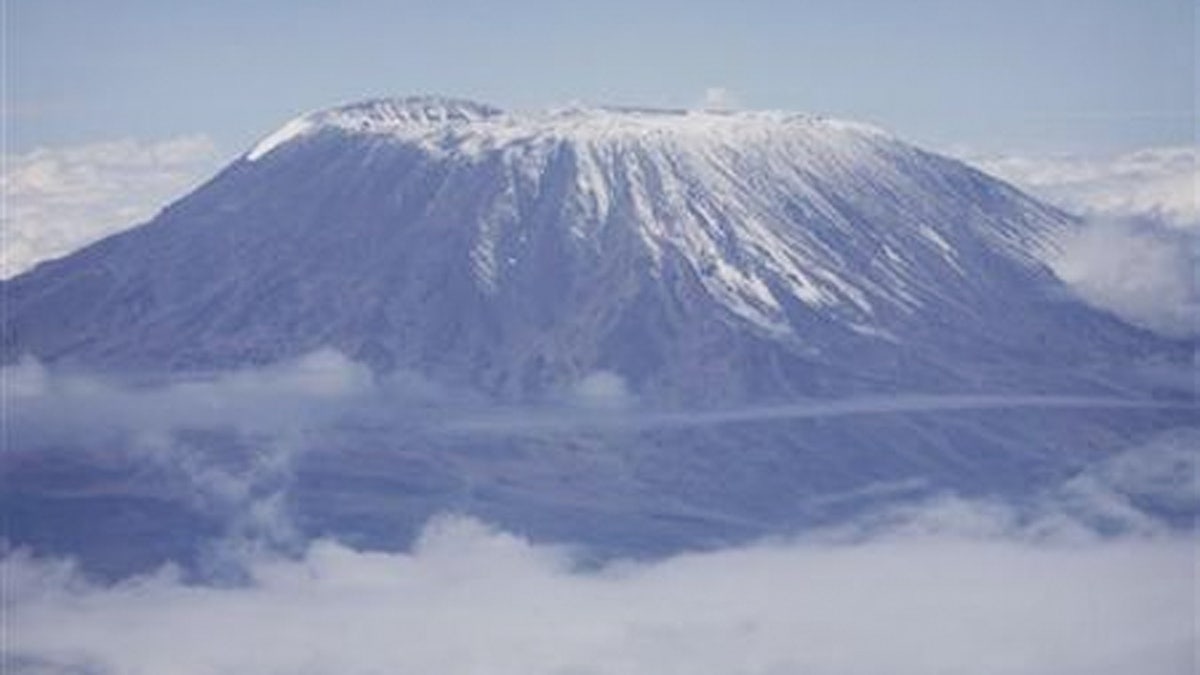
Mt. Kilimanjaro is a climb of 19,340 feet through all kinds of terrain and vastly fluctuating temperatures.
When my husband-to-be asked what I wanted to do for our honeymoon, I was stumped. I’m a travel editor. I’d traveled all over the world. We’d met in the Galapagos. How do you top that? Do you even try?
We both love adventure and the outdoors, and we wanted a once-in-a-lifetime trip that would leave us with a sense of accomplishment, not just a tan.
Then one night it hit me: “We’ll climb a mountain!” What better way to start a marriage than by scaling a high peak together? How symbolic. I paused and added, “What mountain can we climb without a lot of training or ropes?”

There are plenty of mountains where you can do that in the U.S.; Colorado alone is filled with them. But this was our honeymoon, and we wanted to get away, far away, to a land without cell service. All the way to Tanzania.
Mt. Kilimanjaro, the tallest and most recognizable mountain in Africa, fit the bill. It takes hikers through five different ecosystems – from rainforest to alpine desert to arctic snowcap – and climbing 19,340 feet to the top is one of the most empowering adventures you can experience without serious training.
About 35,000 people begin the climb each year. How many reach the summit is an elusive statistic.

We hooked up with the adventure travel company Intrepid, because it has a wide variety of dates for different climbs and a good track record for getting people to the top.
“Kili” climbs take anywhere from five to nine days, depending on your route and how much time you want to take to acclimate to the altitude. All tourists must register at the base and climb with a licensed guide. And at a cost of several thousand dollars, this isn’t something you do on a whim. This is one for the bucket list.
I researched the climb before we left, but there are things I know now that I wish I’d known before I got there. They would have made the climb easier, more enjoyable and less uncomfortable.
1. Kilimanjaro is hard work. The literature describes it as a walk, but just because you don't need special equipment doesn't mean it’s easy. Parts of the trail are very steep and feel like they go on forever. There are sections filled with 2-foot-high boulders that feel like a StairMaster on level 27.
2. Nothing on the mountain will kill you. Except lack of oxygen, which is why you need to acclimate to the altitude. But I wish I’d known we were safe during our first night in an A-frame hut at the Mandara camp. There is an animal that shrieks at night and sounds like it could tear you from limb to limb. It’s a harmless tree hyrax – no bigger than a cat – but I promise it will keep you from getting up to use the bathroom in the middle of the night.
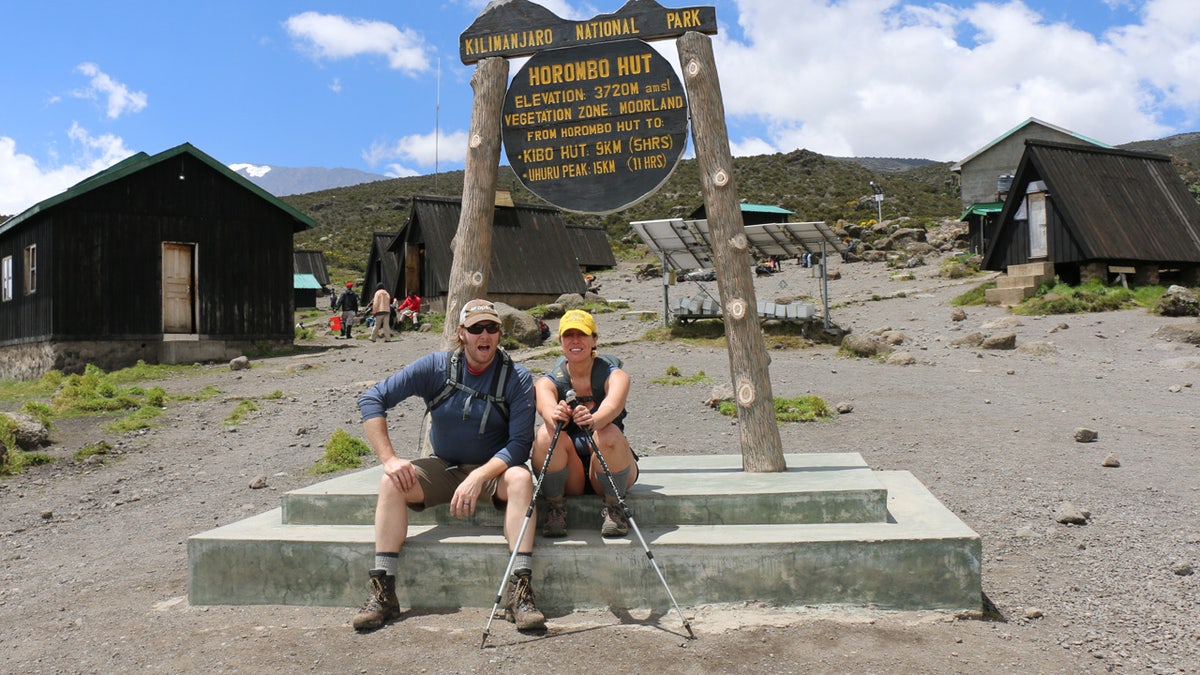
3. Toilet paper is currency. I stole a large role of extra-soft toilet paper from the last hotel I stayed in when I was told, at the last minute, that we needed to carry our own TP. And because I had it, I was all of a sudden rich. People would trade candy bars, ibuprofen and, in one case, a delicious block of cheese just for something soft to wipe with. There are bathrooms – long drop toilets – at the camp on Kilimanjaro, but they aren’t stocked with any amenities, including toilet paper. By the way, the only place to go while you’re hiking is in the bushes, often with a crowd of tourists watching you and waving. Our Intrepid guide, Justaz Molel, described them as LWVs – Loos With a View. The problem was the view often went both ways.
4. Your sweat will freeze. And it’s gross. The temperatures reach over 80 degrees Fahrenheit during the day and sink to below zero at night, and it’s unlikely you’ll take a shower during the approximately six days you’ll be on the mountain. You may find a shower at one of the camps, but the water will be frigid. Better to remain dirty and very, very smelly.
5. It’s not always easy on a relationship. Many of the guides will laugh when you tell them you’re doing this on your honeymoon. While some couples find the climb empowering, others actually break up on the mountain. We heard that one honeymooning husband left his new wife alone on the mountain because the climb caused them to fight so much.
6. You need to slow down. Your guides want you to go “pole pole” – Swahili for “slow.” It’s in their best interest, because you’ll give them good reviews if you make it to the top and avoid altitude sickness. But other members of your group may have a different definition of slow. When you start a climb, there is intense peer pressure to “stay with the group.” Our group was composed of very active, very adventurous Australians, and trying to keep up with them made me weep on our first day. I also felt like the mountain passed me by. I hardly remembered anything except staring at my feet, willing them to go faster as my breath grew more ragged. On our second day, one of our guides saw how much I was hurting, grabbed my shoulders and said, “Pole, pole.” While the rest of the group sped ahead, I slowed down. Not only did I feel better, but I noticed things like glacial streams rushing over boulders, chameleons hiding in the branches and butterflies as big as your hand with perfect white polka dots.
7. There are a lot of senior citizens on the mountain. This is either inspiring or, if you are huffing and puffing your way up, incredibly demoralizing. I chose to feel empowered. “Look, honey,” I said to my husband. “If we stay quite fit we can do this again in 30 years.” I didn’t get a response.
8. It is one of the most beautiful places you’ll ever be. So much of the literature talks about the physical aspect of the climb, about pushing yourself to your limits. It talks about the gorgeous view from Uhuru, the summit of Kibo peak. But what we don’t hear enough is that the entire climb is beautiful and other-worldly. So many climbers were so focused on Uhuru, they hardly noticed Mwenzi, the craggy second peak of Kilimanjaro that looms ominously over climbers, since it is near-impossible to climb. They don’t frolic through the willowy elephant grass or take the extra hour to look at some of the clearest night skies in the world.
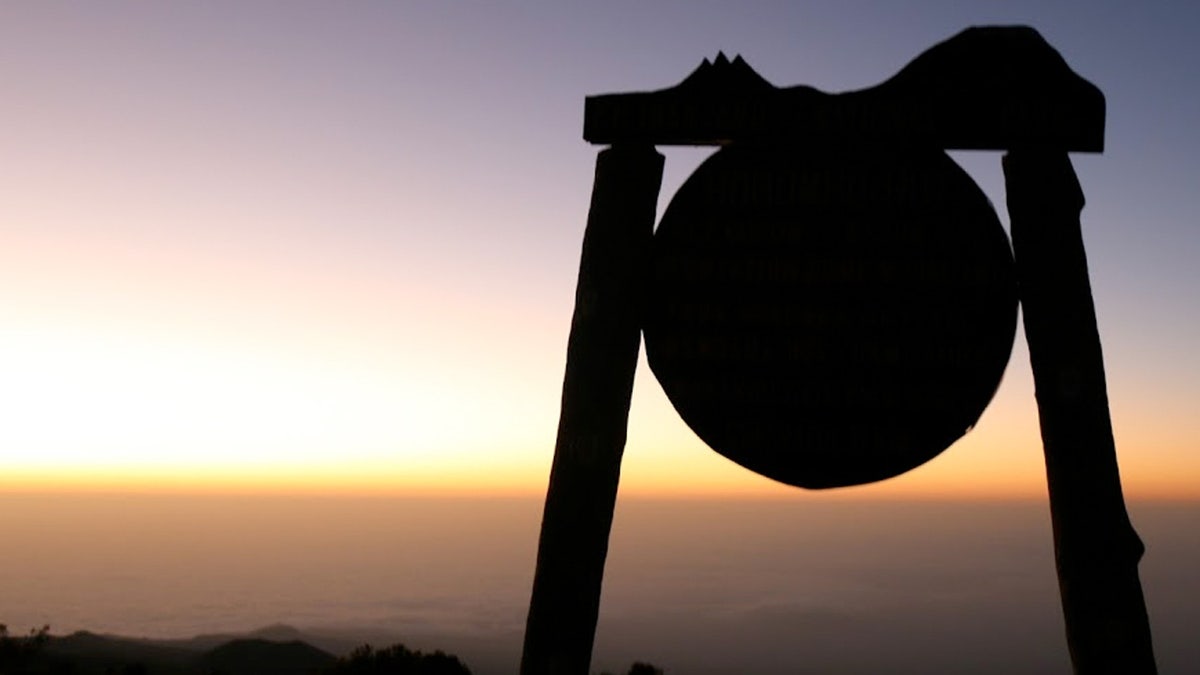
9. You can be in the best shape of your life and fail to reach the summit. Altitude sickness is an equal opportunity bully. You may be able to run marathons, but the vomiting, nausea and sometimes hallucinations can knock you out well before you reach 19,000 feet. My husband and I are youngish and in good shape. I run almost every day and he goes rock climbing twice a week. Still, altitude sickness was not our friend. We had to bail at 16,000 feet with headaches and nausea worse than any hangover. My husband imagined he saw fish flopping on rocks in the alpine desert. We had to go down or risk serious illness.
Would knowing these tips have somehow changed that? Maybe. Would I do the climb again, knowing we wouldn’t make it to the very, very top? Absolutely.
